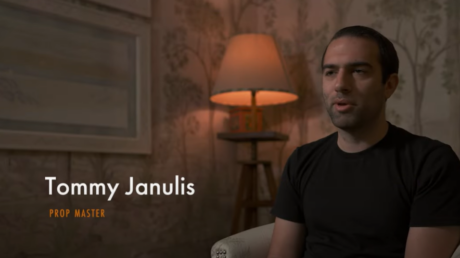According to Forbes, the number of people who have cut the cord on their cable, satellite or telco subscription has tripled since 2014, jumping from 16 million to more than 50 million last year. In the wake of the mass exodus to commercial-free streaming platforms, brands are increasingly shifting focus from traditional advertising to entertaining original programming. Branded entertainment entices audiences to watch or engage with the same mindset as a film or TV series.
But before brands can connect with consumers emotionally, they need to capture their attention. In the history of marketing, it has never been so challenging to reach and connect with consumers. They are cynical and bored with the status quo.
With consumers drowning in a tidal wave of marketing messages coming at them from every direction, the barrier to entry into the consumer’s brain space has never been higher. Brands are gunning for their divided attention across TVs, laptops, tablets, mobile devices, desktops and smart speakers. Last year, brands spent $23 billion placing their products in movies, TV shows and songs, as initially reported in the September 2021 issue of Fast Company. But not all product placements are created equal.
Visionary creatives in the business have evolved the tactic beyond merely displaying the famous blue Zales box on the table in a romantic scene. It’s obvious and doesn’t resonate. Now, if there were a funny dialogue around the box being hidden throughout the movie, that would be a different story.
Traditional product placements are generic and retrofitted into the show as an afterthought without connecting them to the storyline or characters. It’s just a commercial pretending not to be one. Actual brand integrations in films are far more effective.




